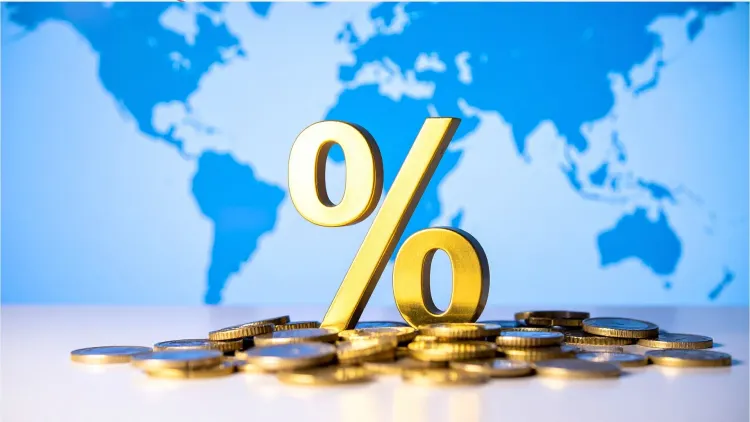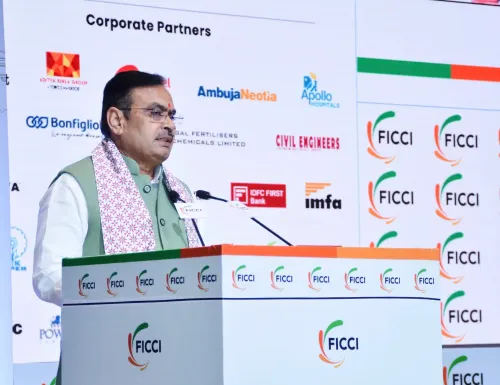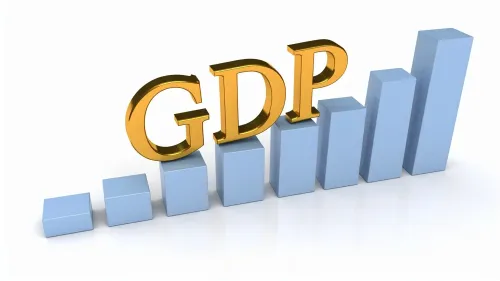How Have Corporate Profits in India Grown Nearly 3x Faster than GDP Between FY20–25?

Synopsis
Key Takeaways
- Corporate profits grew significantly faster than GDP, indicating strong economic resilience.
- The profit-to-GDP ratio rose to 6.9 percent.
- Mid-cap and small-cap firms outperformed large-cap firms in profit growth.
- BFSI sector emerged as a major profit driver.
- India Inc. plans to nearly double its capital expenditure to focus on sustainable growth.
Mumbai, July 3 (NationPress) The corporate landscape in India has displayed extraordinary financial resilience over the past five years, with corporate profits expanding almost three times faster than the nation’s GDP from FY20 to FY25, according to a recent report released on Thursday. The profit-to-GDP ratio has notably surged to 6.9 percent, highlighting robust earnings performance despite various economic hurdles, as per data compiled by Ionic Wealth (Angel One).
The report titled ‘India Inc. FY25: Decoding Earnings Trends & Path Ahead’ reveals that FY25 marked a period of resilience for Indian enterprises. The revenue growth of Nifty 500 firms stood at 6.8 percent year-on-year (YoY), while EBITDA increased by 10.4 percent and profit after tax (PAT) rose by 5.6 percent.
Interestingly, mid-cap and small-cap companies outperformed their large-cap counterparts, achieving 22 percent and 17 percent PAT growth, respectively, in contrast to a mere 3 percent for large caps.
Sector-wise, the BFSI (banking, financial services, and insurance) sector emerged as a significant profit driver, with its share of total profits almost doubling since the pandemic. The auto, capital goods, and consumer durables sectors also reported substantial earnings growth.
Leading the way, consumer durables recorded an impressive 57 percent PAT growth in FY25, followed by healthcare at 36 percent and capital goods at 26 percent, as indicated in the report.
Companies also capitalized on margin enhancements in sectors such as cement, chemicals, metals, and auto, aided by declining inflation and improved input cost management.
Moreover, the report highlights a significant increase in capital expenditure plans. India Inc. aims to nearly double its capex to Rs 72.25 lakh crore during FY26–30, with most of the investment anticipated to be self-funded.
Approximately 80 percent of this capex is directed towards upgrading existing operations and creating new income streams, with sectors like power, green energy, telecom, auto, and cement spearheading the forthcoming wave of investments.
Looking forward to FY26, the outlook varies across sectors. Banks and NBFCs may see loan growth stabilize as interest rates are expected to decline in the latter half of the year. The IT sector is anticipated to witness a recovery, driven by cost-optimisation strategies and demand from BFSI clients.
Pharmaceutical growth will be bolstered by expansion in chronic therapies and hospital networks, while the FMCG sector is predicted to benefit from rising rural demand and favorable monsoon conditions, according to the report.









